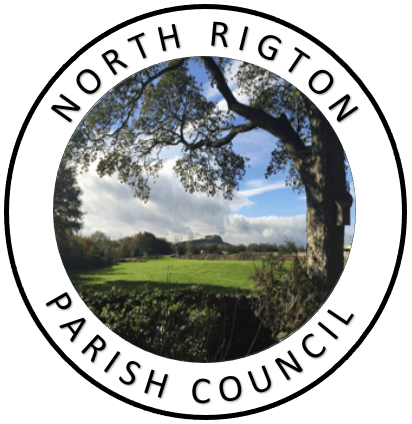The History of the Parish Church of St John The Evangelist, North Rigton
The Church of St John the Evangelist was consecrated by the Bishop of Knaresborough on 2nd June 1911. The land for the site and the stone for the building were given by the Earl of Harewood.
There has been a settlement at Rigton since early times. Despite being described by one writer as “the largest and most populous of the surrounding villages” and boasting two shops, a post office, a blacksmith's forge, a school and a public house, Rigton had no building specifically for Anglican worship until 1911. An ancient chapel was reputed to stand on Chapel Hill (now Rigton Hill) but no documentary evidence of its existence has been found. However, fragments of a sculptured cross and some human remains have been found in the vicinity. A Methodist Chapel was built in 1816 and replaced in 1932. This is now closed.
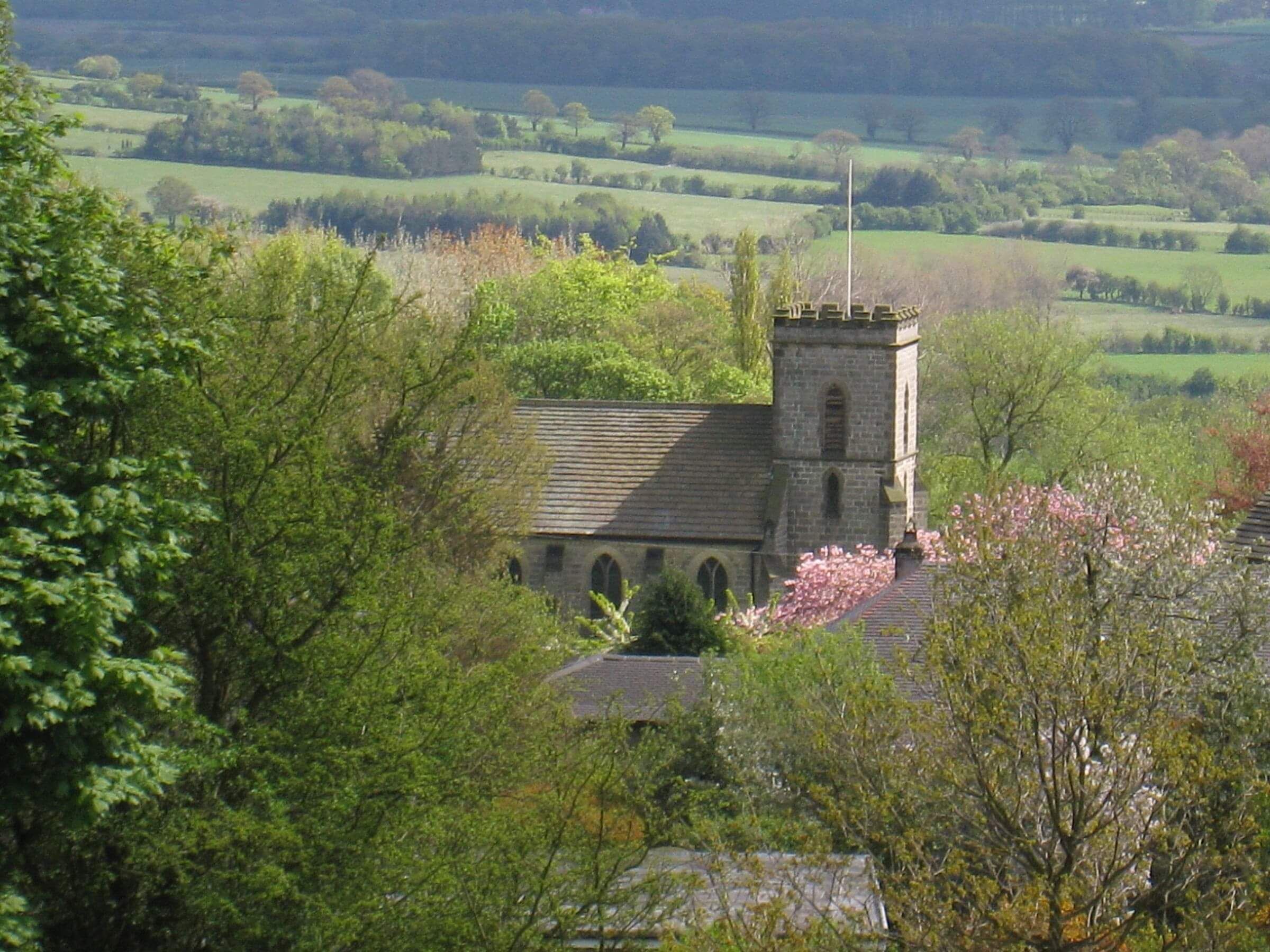
Perpendicular in style and with a forty foot tower, St. John’s Church offers fantastic views over the Wharfe Valley.
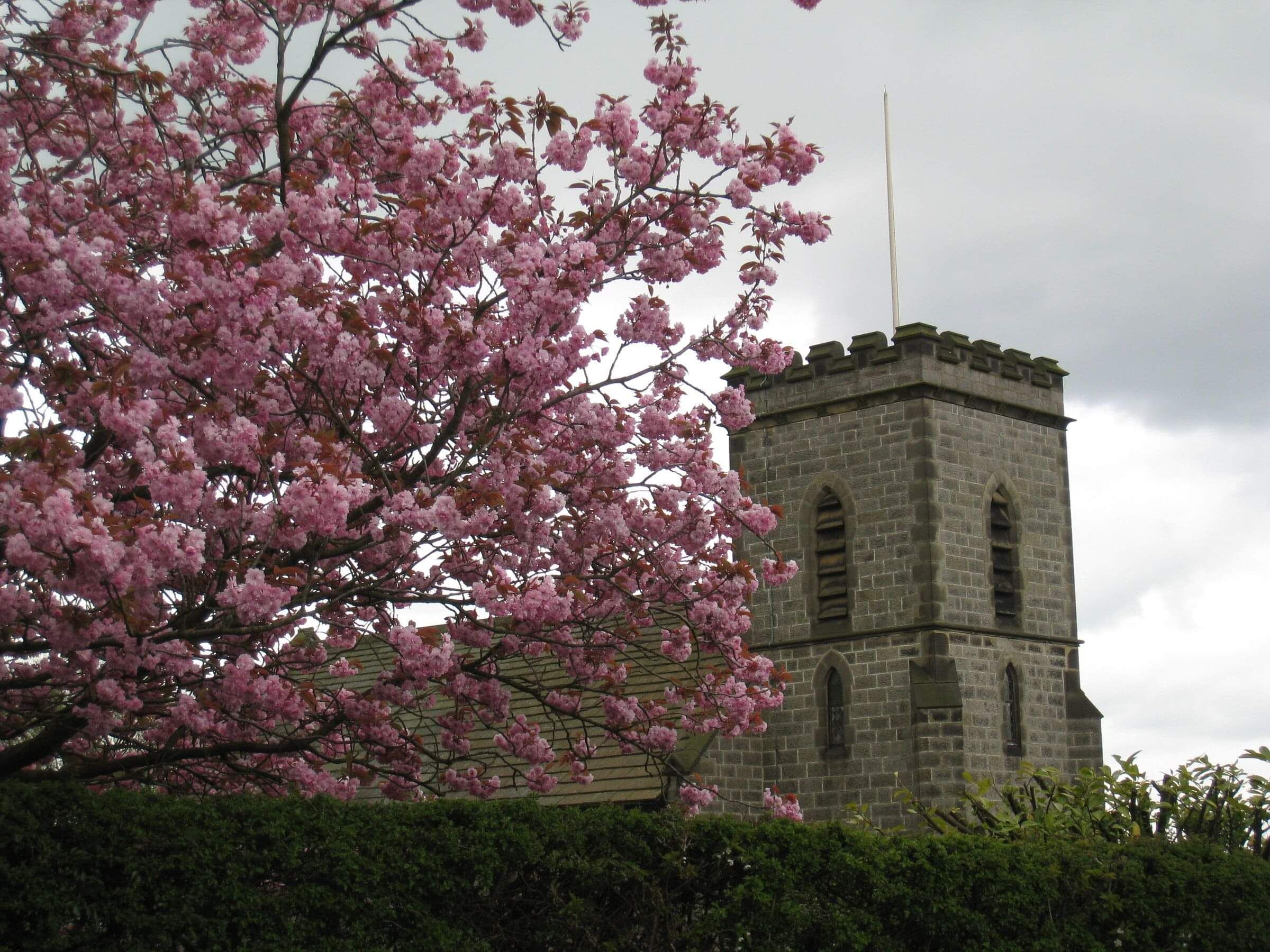
Until St John's Church was built in 1911 people in Rigton who wished to attend an Anglican service had to go to the Parish Church in Kirkby Overblow or to the Chapel of Ease in Stainburn. Burials took place at Stainburn or coffins were carried along the “corpse” road to Kirby Overblow, though records exist of burials at Rigton in 1699 and 1705 and christenings from 1700.
Services were held in Rigton in a small building which stood at the entrance to what is now St John's Drive and the Rector of Kirkby Overblow would conduct services and deliver a lecture mid-week. This building was a Wesleyan Sunday School and eventually became a vegetable and flower shop.
The stone came from the quarries of Almscliffe Crag. Unused, cut pieces of stone can still be found on the Crag to this day.
In 1851 the National School was built and the Reverend Henry Blunt who, with the Earl of Harewood, had been largely responsible for its provision, took services there.
In 1871 Stainburn became a separate parish and the vicars of Stainburn took services in Rigton. There was no clergy house in Stainburn and the vicar had a small rented house in Rigton.
In 1875 the Reverend T.D.Barker became Vicar of Stainburn and Curate of Rigton. The Rector of Kirkby paid him 50 pounds per annum to take weekly services at Rigton, in the schoolroom. This energetic Vicar “begged Communion plate, a table and a cloth” from Lord Harewood and initiated a request through the Rector to the Bishop of Ripon that the schoolroom should be licensed (for Communion not the sale of alcohol) The Reverend Barker started a Sunday School, formed a choir and acquired a harmonium to help the hymn singing.

Inside, a notable feature of the church is the fine furniture. Almost all of it is in oak and the credence table and altar rails bear the mark of “Thompson” the “Mouseman” from Kilburn.
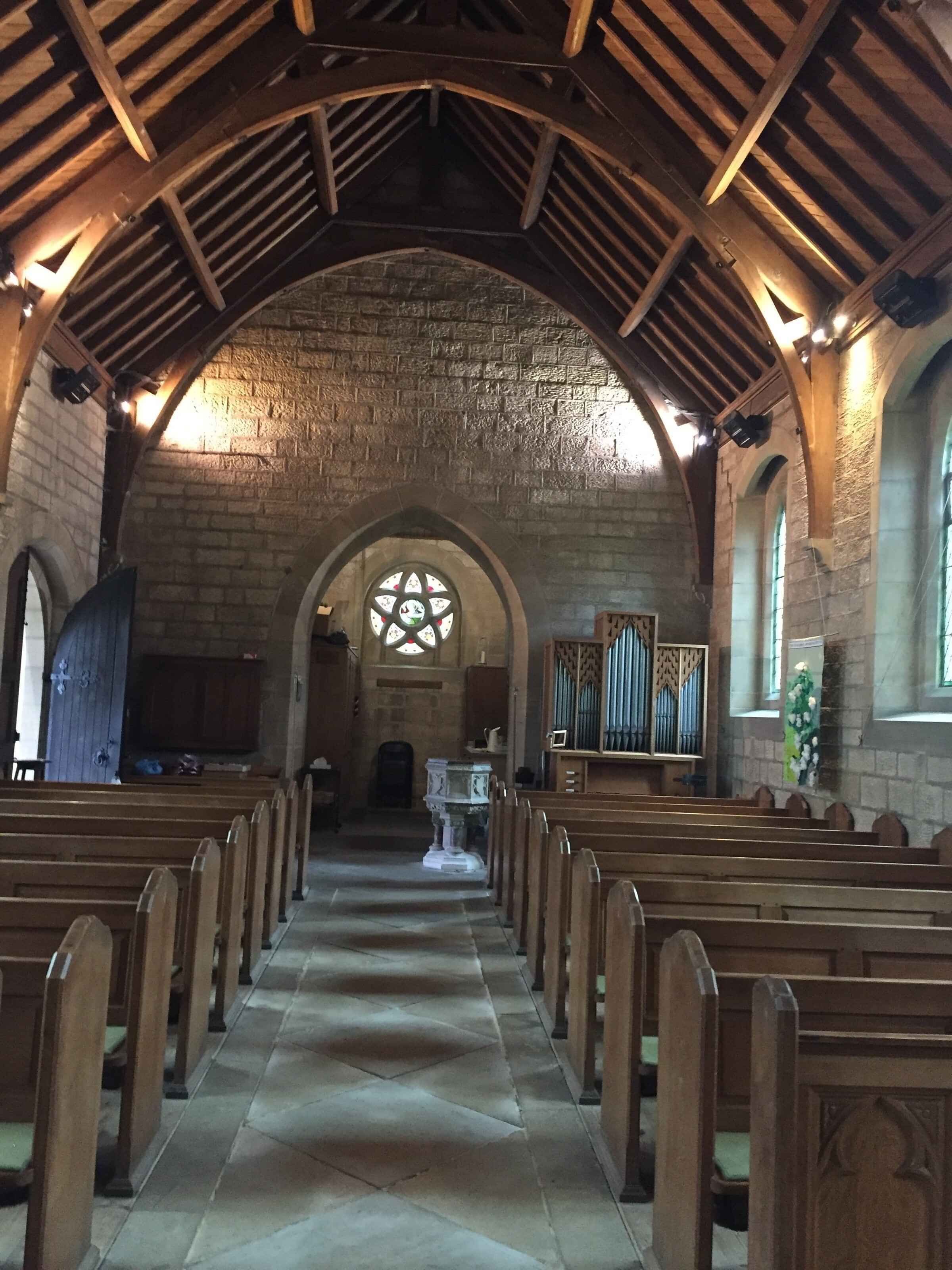
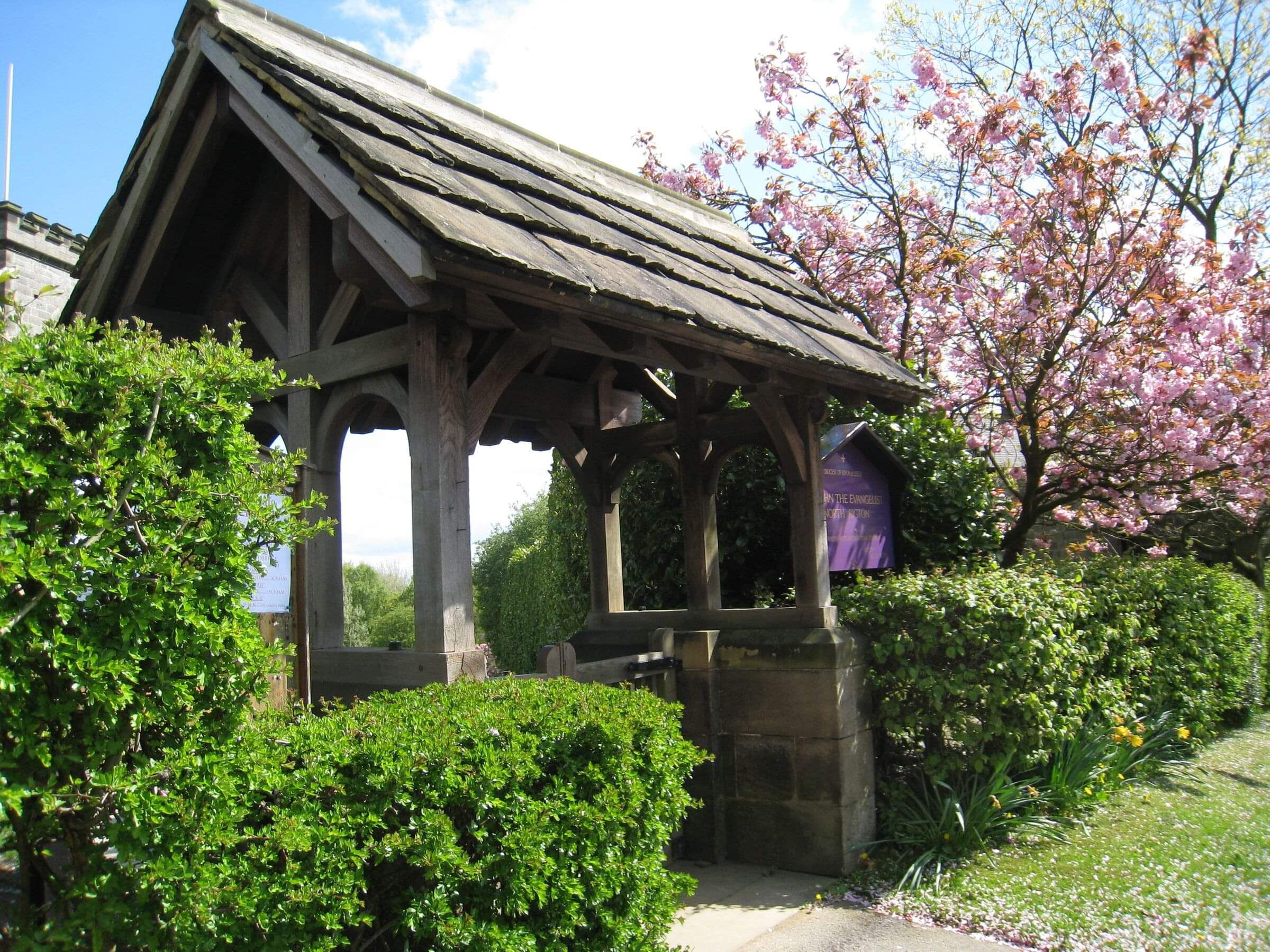
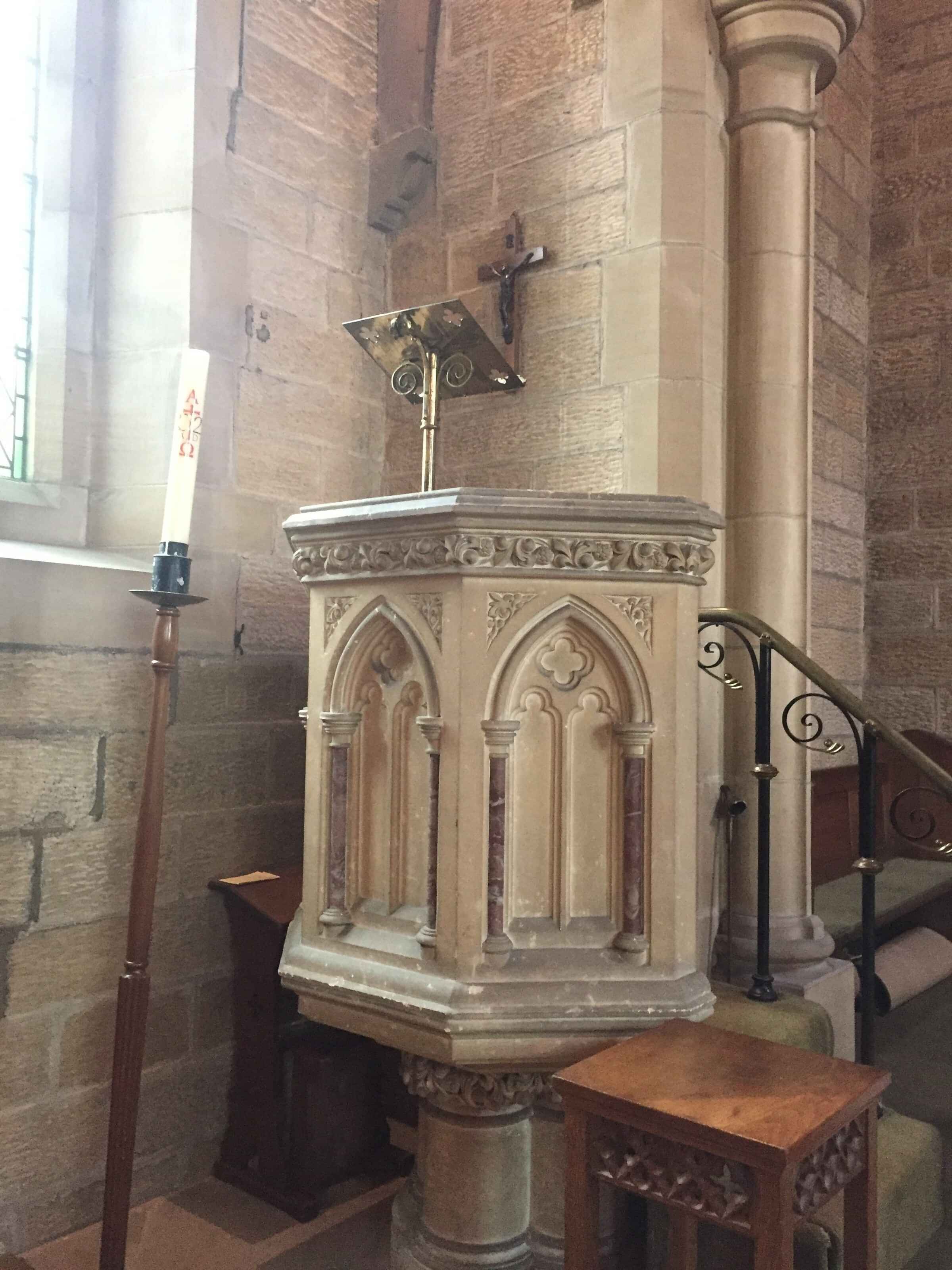
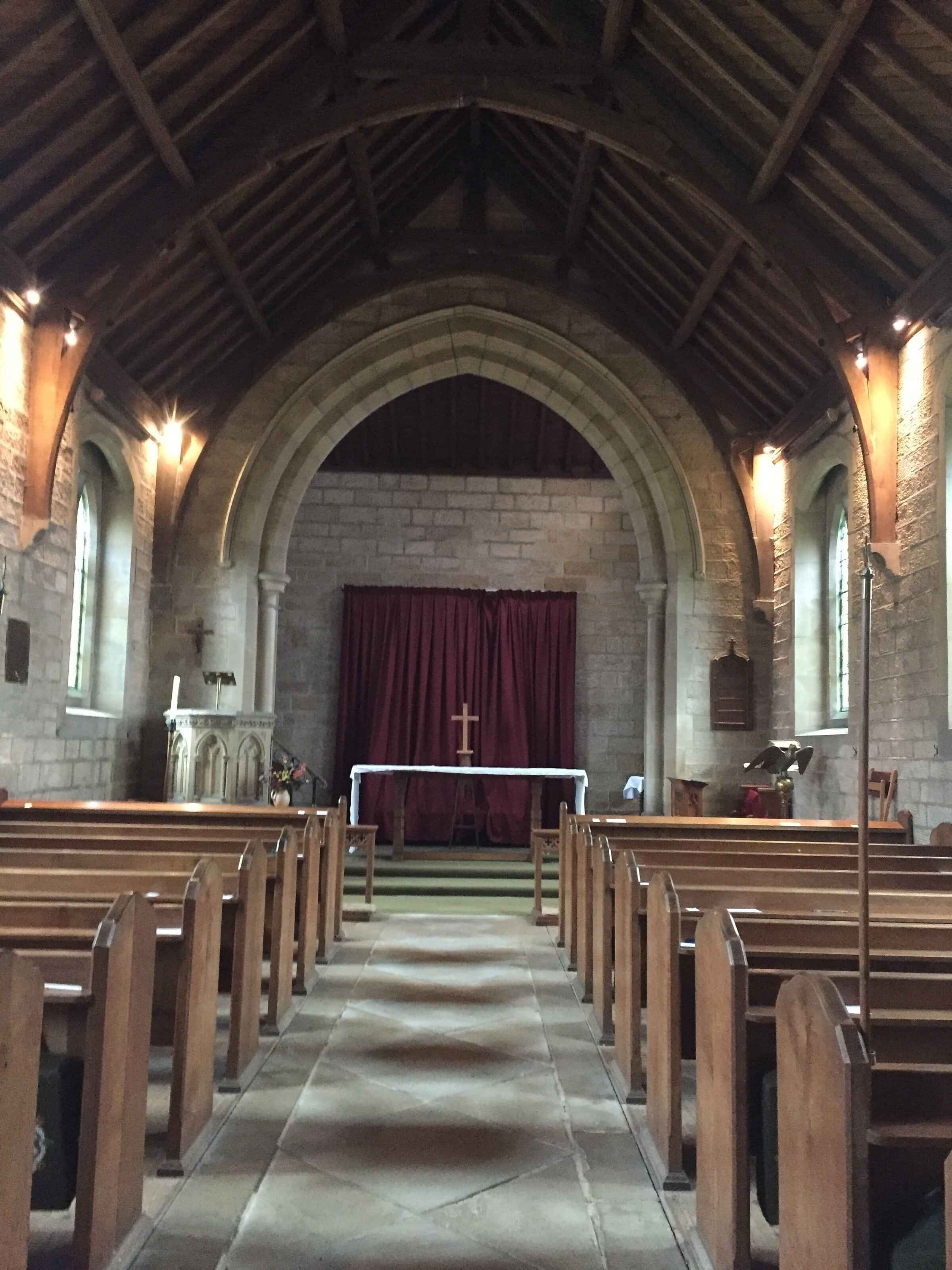
In 1903 the Reverend E.K.Stott became vicar of Stainburn and Curate in charge of Rigton and found religious provision in Rigton in “a lamentable state” because there was “a great need” for a church. The Church Building Fund was inaugurated and £2,000 raised through various activities and gifts. In June 1910 the foundation stone was laid by the Countess of Harewood. The land for the site and the stone for the building were given by Lord Harewood. The stone came from the Crag quarries and the ashlar from the estate. Lord Harewood also donated the house and garden next to the site to be the vicarage. The original plans for the building included a separate vestry and a “parish parlour” but the 1914-1918 War put an end to further development.
The Reverend Stott became the first vicar of the new church in 1911. The churches of Rigton and Stainburn were united as one parish with the new church at Rigton replacing the older one at Stainburn as the Parish Church.
In 1977 Stainburn became a redundant church and in 1981 Rigton became part of the United Parish of Kirkby Overblow and in 2003 part of the Benefice of Lower Wharfedale.
